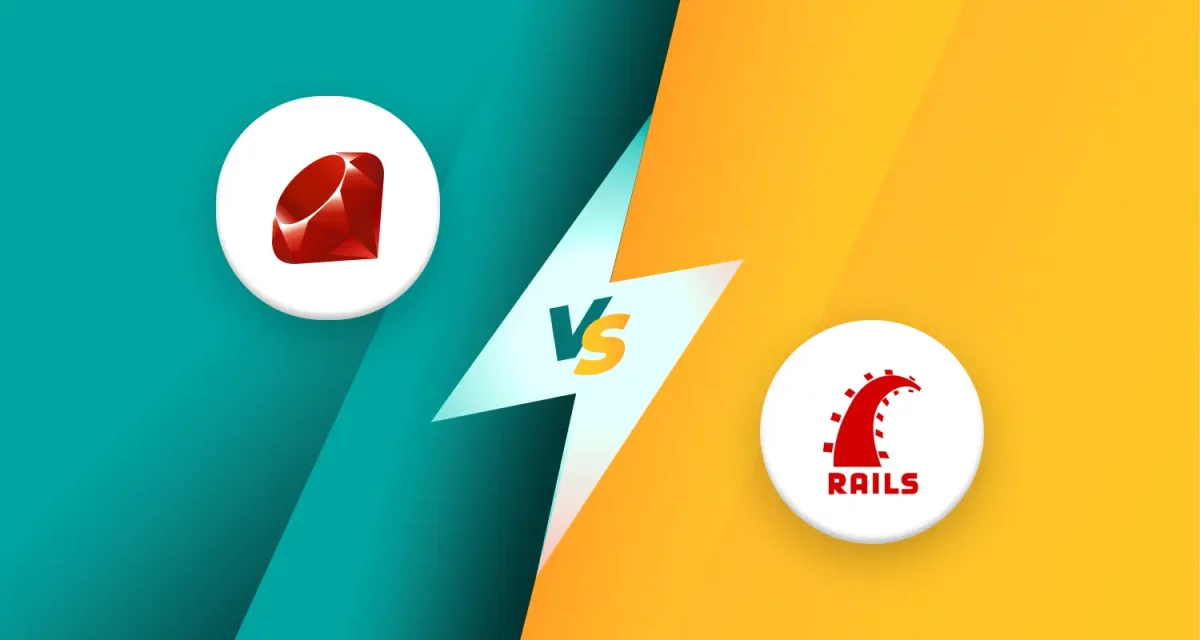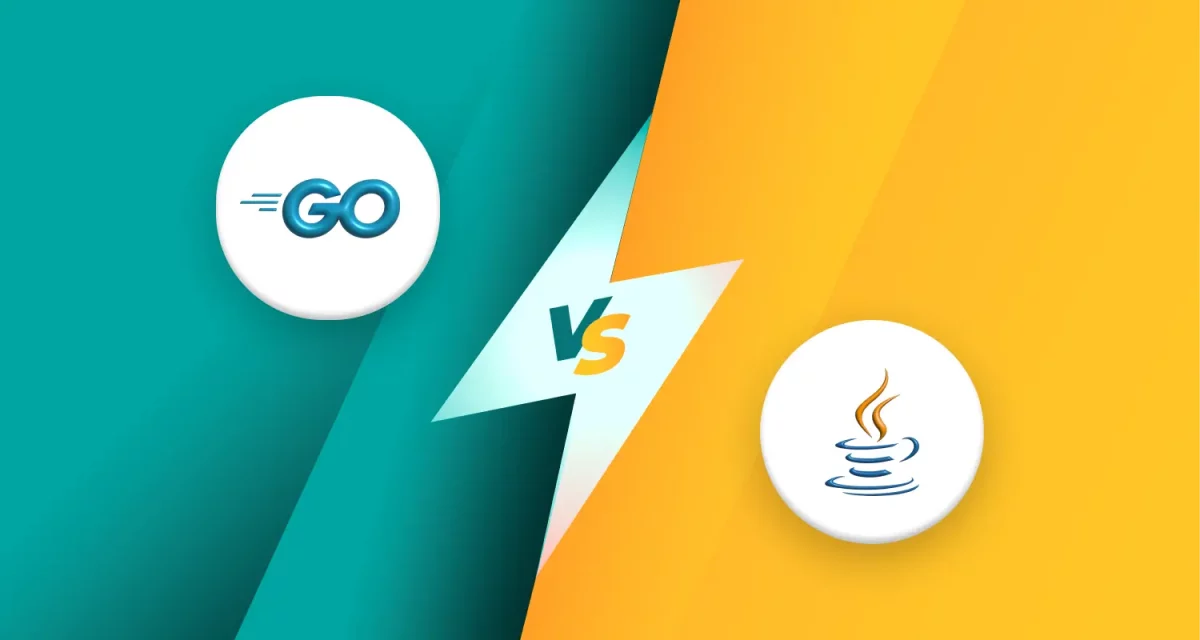
This article will explore the most essential programming languages for web development from foundational languages like HTML, CSS, and JavaScript to powerful backend technologies like Python, PHP, and Java. You’ll also discover why web development isn’t just about mastering a single language but a flexible combination of different tools working together seamlessly.
Let’s dive in and explore the most popular web programming languages that power the vast digital world we interact with daily!
1. 18 Best website programming languages
Front-end development is all about the user interface—what people see and interact with directly. We’re talking HTML, CSS, and JavaScript, which work together to create a smooth, visually appealing experience. On the flip side, back-end development handles all the behind-the-scenes stuff, like data and server-side logic. Languages like Python, PHP, Java, and Go come into play to keep the website running reliably.
1.1. Front-end (client-side)
- HTML & CSS
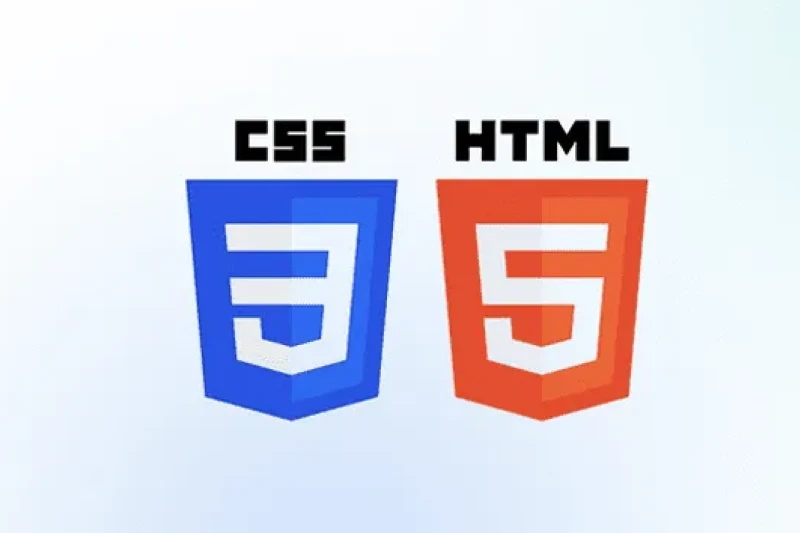
HTML (HyperText Markup Language) and CSS (Cascading Style Sheets) are the two fundamental building blocks of websites. HTML lays down the page’s structure, while CSS styles it and makes it look visually appealing. Their most significant advantage is that they’re easy to learn and are the foundation of all websites.
However, HTML isn’t a proper programming language, and CSS has limitations in terms of interactivity. Even so, if you want to start with web development, these are the first two things you should learn!
- JavaScript
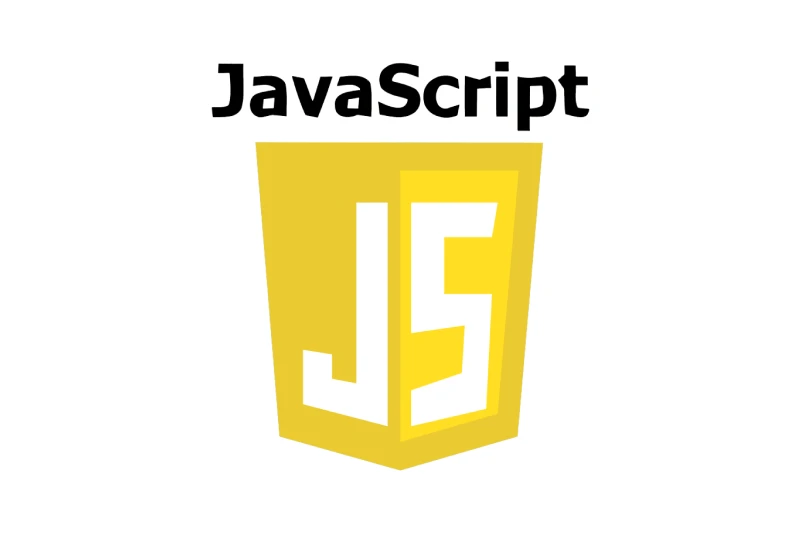
JavaScript is the language that brings websites to life with dynamic effects, pop-up windows, and various interactive features. It’s one of the most popular languages, widely supported across all browsers. JavaScript boasts many powerful libraries and frameworks like React, Angular, and Vue, which help developers build web applications quickly. However, JavaScript has some drawbacks, such as security concerns and occasional compatibility issues between browsers.
- ReactJS
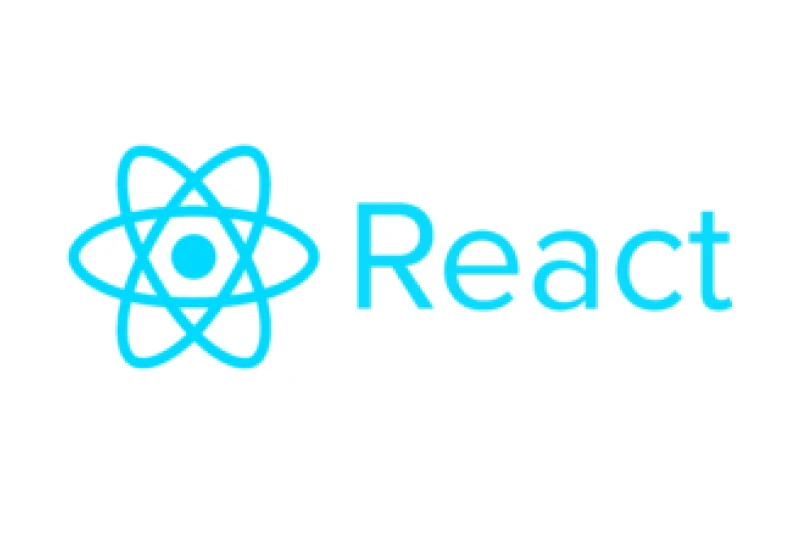
ReactJS is a popular JavaScript library specifically designed for building user interfaces. It operates on a component-based model, which makes code easier to manage and reuse. React is particularly powerful for developing dynamic web applications with rich interfaces. If you want to build a website with a smooth experience like Facebook or Instagram, React is an excellent choice!
- AngularJS
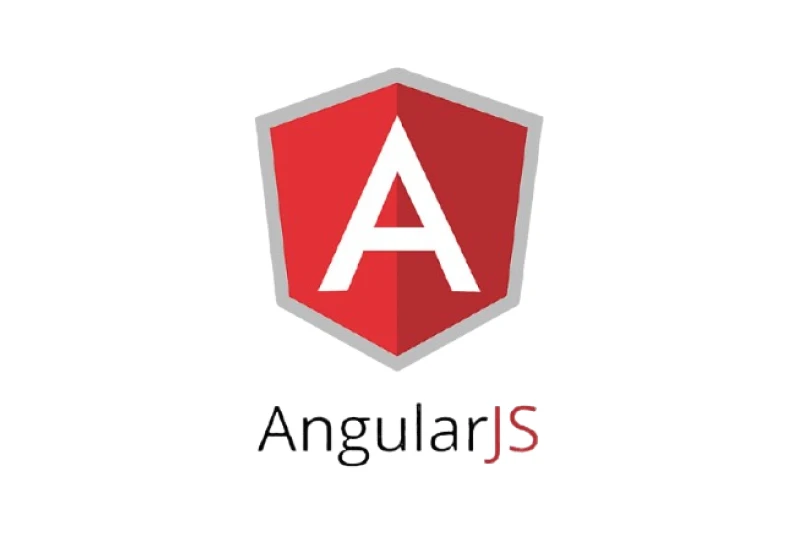
AngularJS is a robust JavaScript framework that helps create single-page applications (SPAs). The advantage of Angular is that it provides a comprehensive solution for building web interfaces, saving developers from using too many external libraries. However, because Angular has a rather complex structure, it can be challenging to learn for beginners.
- Vue.js
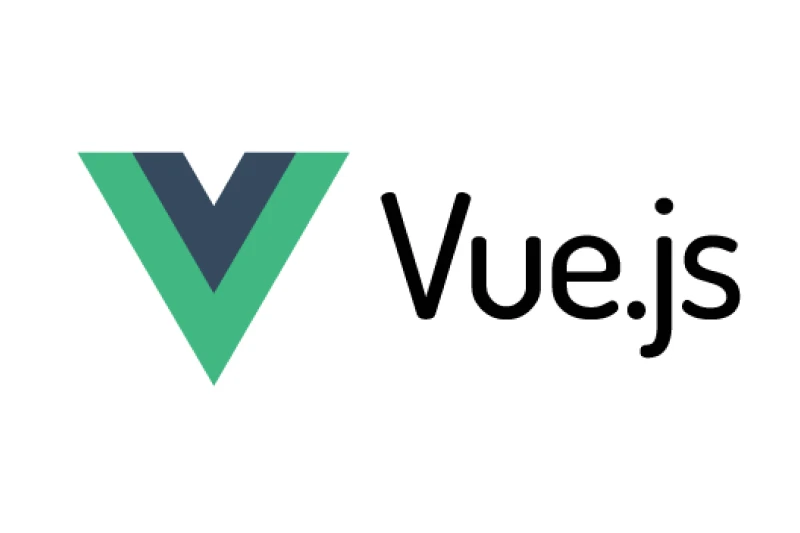
Vue.js is a “progressive” JavaScript framework, meaning you can use a small part of the entire framework depending on your needs. Vue is lightweight, easy to learn, and easily integrated into existing projects. It’s particularly suitable for those who want to build modern interfaces without knowing too many complex things.
- TypeScript

TypeScript extends JavaScript by incorporating static type-checking. This helps developers catch errors early, improve code quality, and easily maintain large projects. If you’re already familiar with JavaScript and want to level up your skills, TypeScript is a worthy consideration!
Read more >>> Top 10 AWS Programming Languages: Choose the Best for Your Cloud
1.2. Back-end (server-side)
- Python

Python is a readable, easy-to-learn, and one of the most incredibly powerful web programming languages. Thanks to its simple syntax and extensive libraries, Python is widely used in web development, especially with frameworks like Django and Flask. However, unlike other languages, Python can be slower in certain scenarios.
Read more >>> Python vs. Java: Key Differences, Use Cases, and Which to Choose
- Django
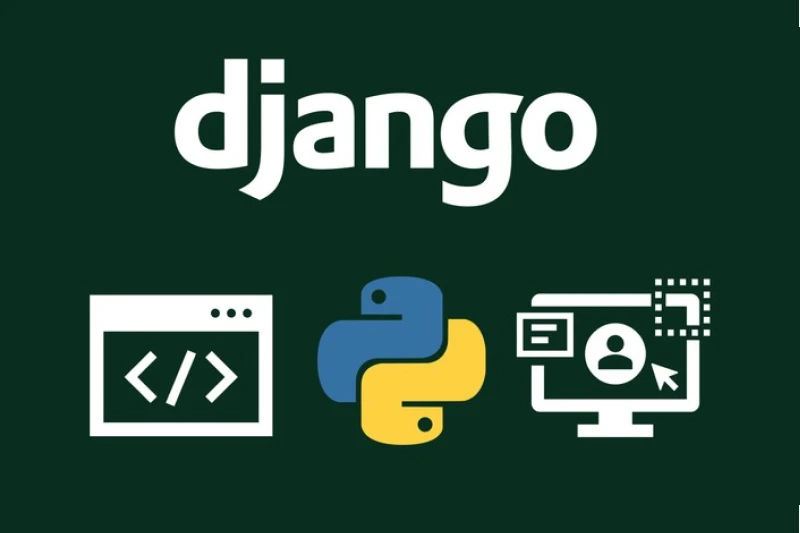
Django is a powerful Python framework designed to help developers build web applications quickly and securely. It comes with many “batteries-included” features, saving time during development. Django is an excellent choice to develop a complete website quickly!
Read more >>> What Is the Difference Between Flask and Django?
- Flask
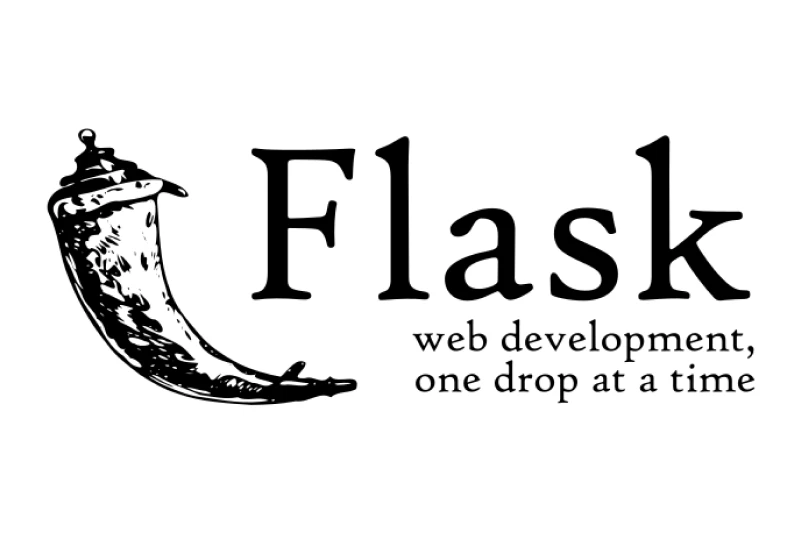
Flask is a lightweight and flexible Python framework suitable for projects that require fewer built-in features than Django. It’s ideal for developing small applications or backend APIs.
- PHP
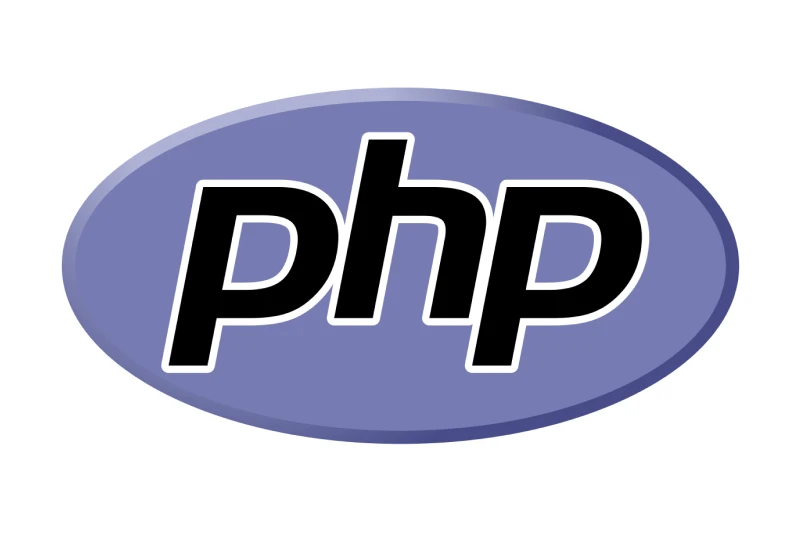
PHP is one of the most popular languages for backend web development. It’s widely used in Content Management Systems (CMS) like WordPress, Joomla, and Drupal. PHP has the advantage of being easy to deploy, but it also has some drawbacks, such as inconsistent syntax and susceptibility to security vulnerabilities if not coded carefully.
- Laravel
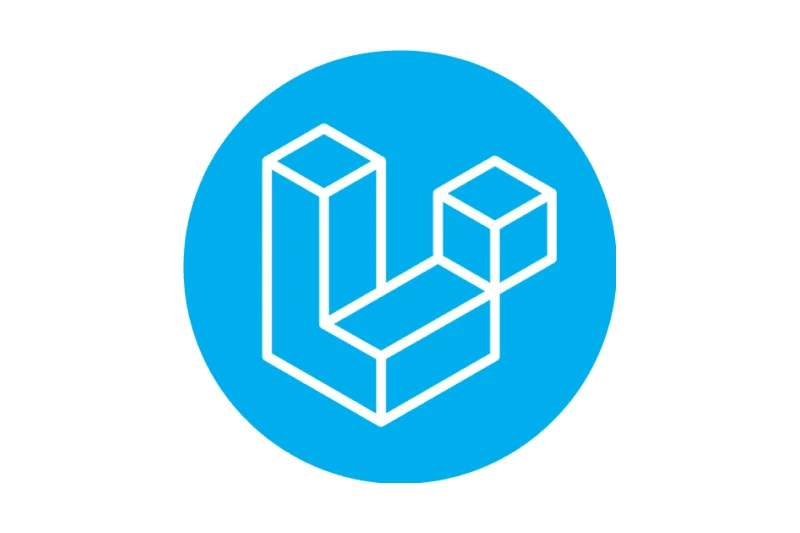
Laravel is a modern PHP framework that helps developers build web applications more easily with the MVC (Model-View-Controller) architecture. Laravel has elegant syntax, supports many powerful features, and saves development time.
- Symfony
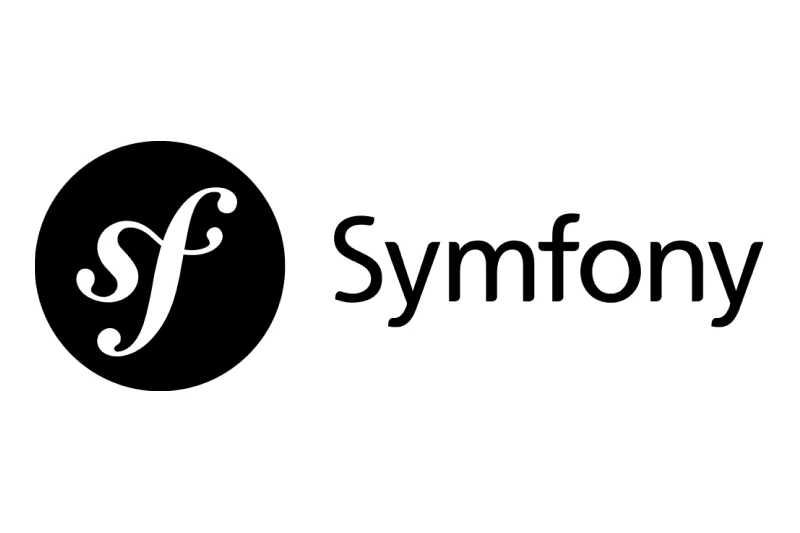
Symfony is an advanced PHP framework, suitable for complex web projects with high-performance requirements. It has excellent scalability and is often used in enterprise-level projects.
- Java
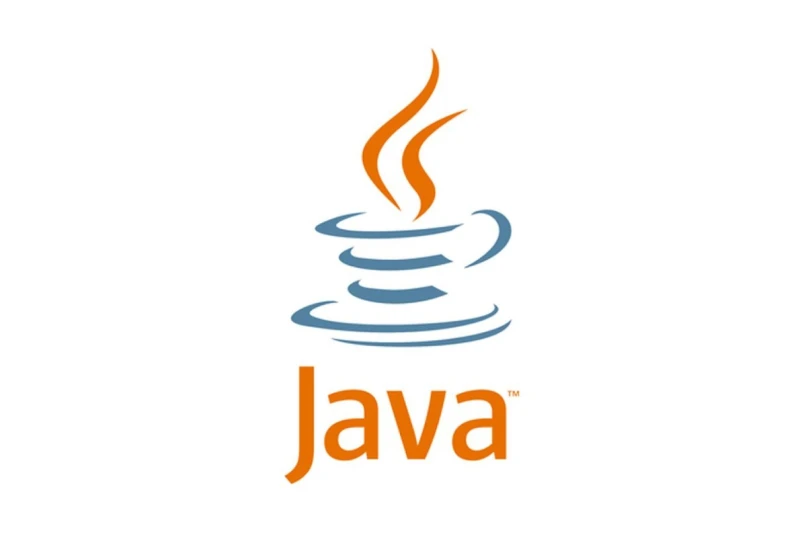
Java is one of the most powerful web programming languages, often used in large and complex web systems. It has the advantages of stability, security, and the ability to run on various platforms. However, Java’s syntax is quite verbose, and it takes considerable time to learn.
- Ruby
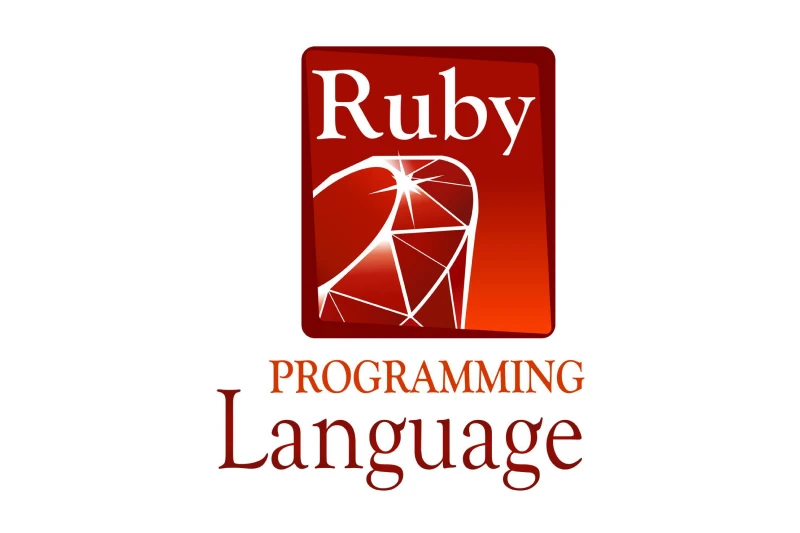
Ruby is an object-oriented programming language known for its elegant and readable syntax. However, Ruby’s performance is not as high as in some other languages, and its user community is smaller.
- Ruby on Rails
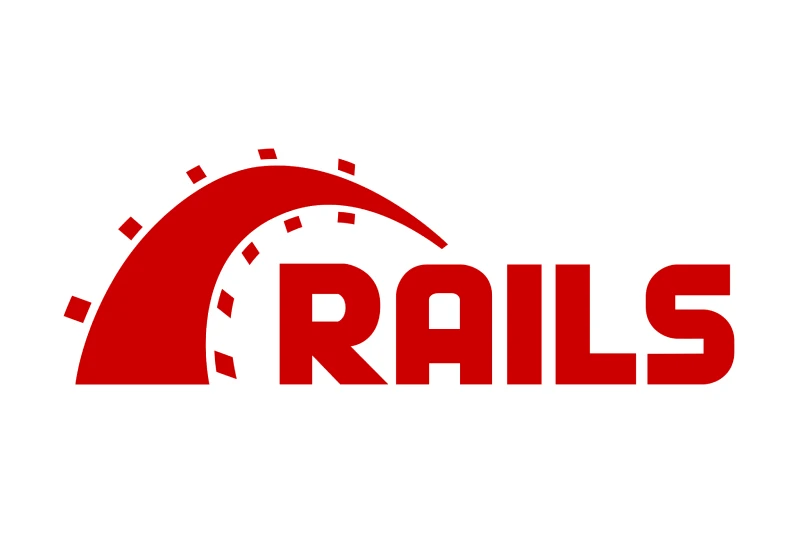
Ruby on Rails (RoR) is a powerful framework that helps developers build web applications quickly. It’s based on the “Convention over Configuration” philosophy, which saves development time.
- Go (Golang)
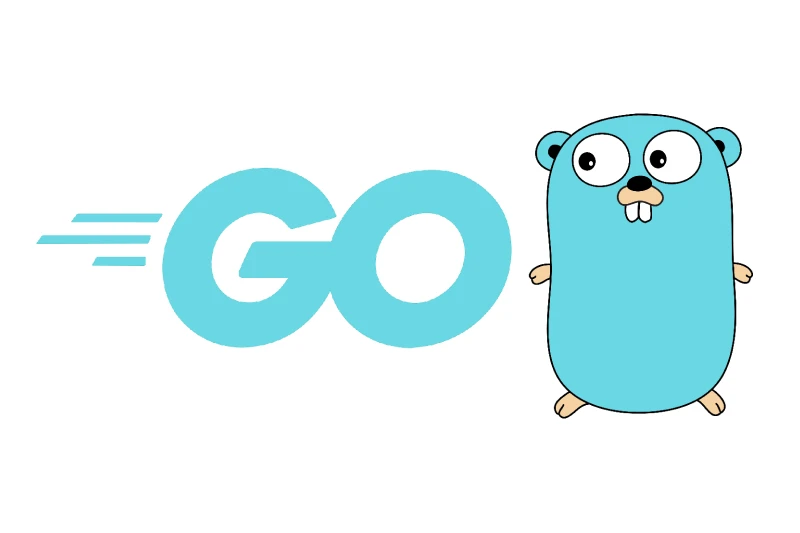
Go is a programming language developed by Google, notable for its high performance, good multithreading capabilities, and simple syntax. It’s suitable for backend systems that require high speed and excellent scalability.
- Rust

Rust is a systems programming language, but it’s recently gaining traction in web development due to its high performance and memory safety guarantees. Rust could be a good choice if you need a solution prioritizing speed and security.
Read more: Rust vs C++: Which Language Reigns Supreme in 2025?
1.3. Static site generators
- Jekyll
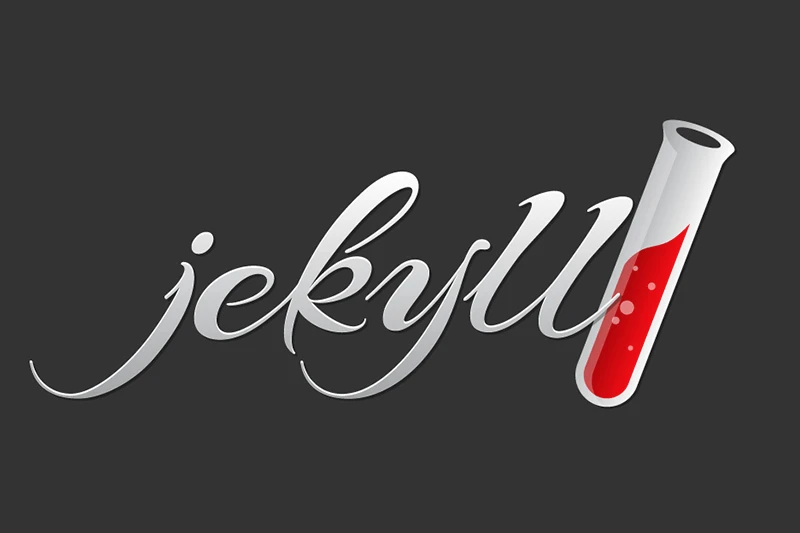
Jekyll is a static site generator that helps you build websites without a database. It’s fast, highly secure, and often used for personal blogs or documentation sites.
Read more >>> 10 Type of Web Application 2025: Which To Choose
2. Choosing the right web programming language
Choosing the correct web programming language is crucial when starting a web project. Each language has strengths and weaknesses, making it suitable for different projects. To make the right decision, you need to consider several essential factors.

2.1. Factors to consider
- Project requirements: Are you building a static website, a complex web application, or an e-commerce system? Each type of project has different needs in terms of speed, security, and flexibility.
- Team experience: If your team has extensive experience with JavaScript, choosing a framework like React or Vue might be a reasonable option. If the team is proficient in Python, Django, or Flask, it could help speed development.
- Scalability: If the project has significant growth potential, you’ll need a language with good scalability, such as Java, Go, or Rust.
- Performance and speed: Websites that handle large amounts of data and require fast response times should consider languages like Go or Rust, while projects that don’t demand high performance can use PHP or Python.
2.2. Suitable languages for each website type
- Static websites: HTML CSS combined with Jekyll or Hugo to create fast, lightweight, and easy-to-deploy pages.
- Business websites: PHP (WordPress) or Python (Django, Flask) to build professional, easy-to-manage content sites.
- Dynamic web apps: JavaScript (React, Angular, Vue) is popular for creating highly interactive user experiences.
- E-commerce platforms: PHP (Magento, WooCommerce), Python (Django), or Java (Spring) to handle secure transactions and efficient product management.
- Social media platforms: Python (Django, Flask), JavaScript (Node.js), or Java to build robust systems with high scalability.

2.3. Current web development trends
The web world is constantly evolving, and staying updated with the latest trends will help you choose the right technology:
- JavaScript’s Continued Dominance: With the development of React, Vue, and TypeScript, JavaScript continues to be the most popular language.
- The Rise of Go and Rust: These technologies are gaining popularity due to their high performance and strong security features.
- No-Code/Low-Code Web Development: Platforms like Webflow or Bubble enable non-programmers to create professional websites.
- The Return of Static Sites: Static Site Generators like Jekyll and Next.js help create fast, secure, and SEO-optimized websites.
Choosing the right web programming language makes project development easier and optimizes performance and long-term scalability. Carefully consider your needs to make the right decision!
4. Conclusion
Choosing the best website programming languages is a crucial factor in determining a web project’s success. If you want to build engaging user interfaces, JavaScript with libraries like React, Angular, or Vue is an excellent choice.


